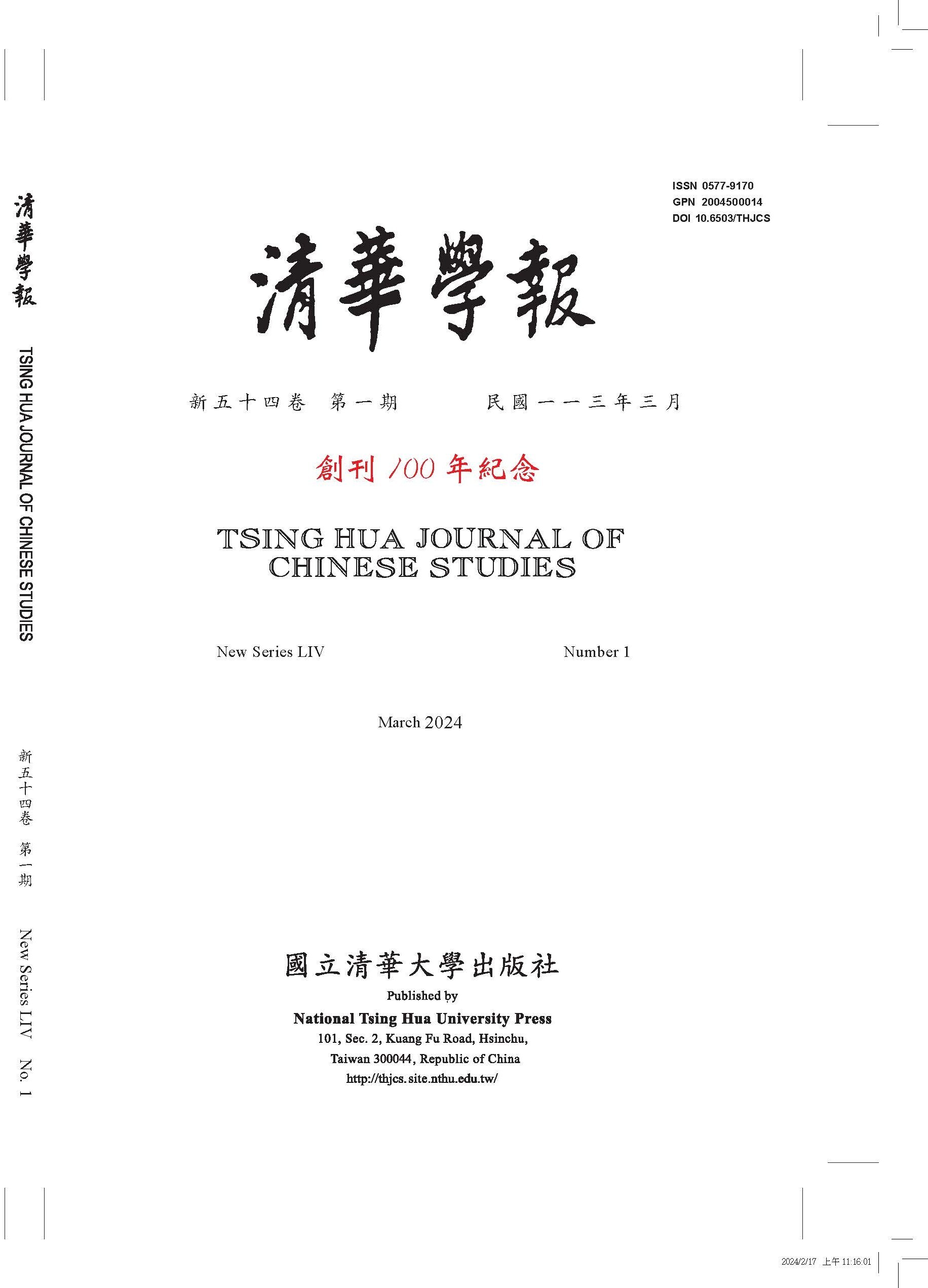Studying the Syntactic Structure of Object-Modifying Adverbial Sentences from the Perspective of Indefinite Objects
Vol. 48 No.1 3/2018
|
Title |
Studying the Syntactic Structure of Object-Modifying Adverbial Sentences from the Perspective of Indefinite Objects |
|
Author |
Wang Changsong |
|
Genre |
Article |
|
Pages |
165-212 |
|
Download |
|
|
Language |
Chinese |
|
Key words |
object-modifying adverbial sentences, Num + Cl + NP, indefinite objects, reduplicated adjectives |
|
Abstract |
This paper explores the syntactic structure of object-modifying adverbial sentences (OMAS) from the perspective of indefinite objects, which are in the form of “Num(ber) + Cl(assifier) + N(oun)P.” It is argued that OMAS are derived through “Num + Cl + NP” with reduplicated adjectives as their outer modifiers. It is shown that “Num + Cl + NP” with reduplicated adjectives as their outer modifiers should not only be indefinite but also nonspecific. Based on this observation, under the framework of the Minimalist Program, it is assumed that there is a covert light verb v involved in OMAS. Denoting coming into existence or disappearance, this light verb v bears an uninterpretable nonspecific feature [uNonspec] which needs to agree with a nonspecific feature to erase its own uninterpretable feature. Meanwhile, it is assumed that a Focus Phrase with an uninterpretable feature [uFoc] is also involved in OMAS. It is proposed that only “Num + Cl + NP” with reduplicated adjectives as their outer modifiers can assign both values to [uNonspec] and [uFoc] through Agree, resulting in the successful derivation of OMAS. |

